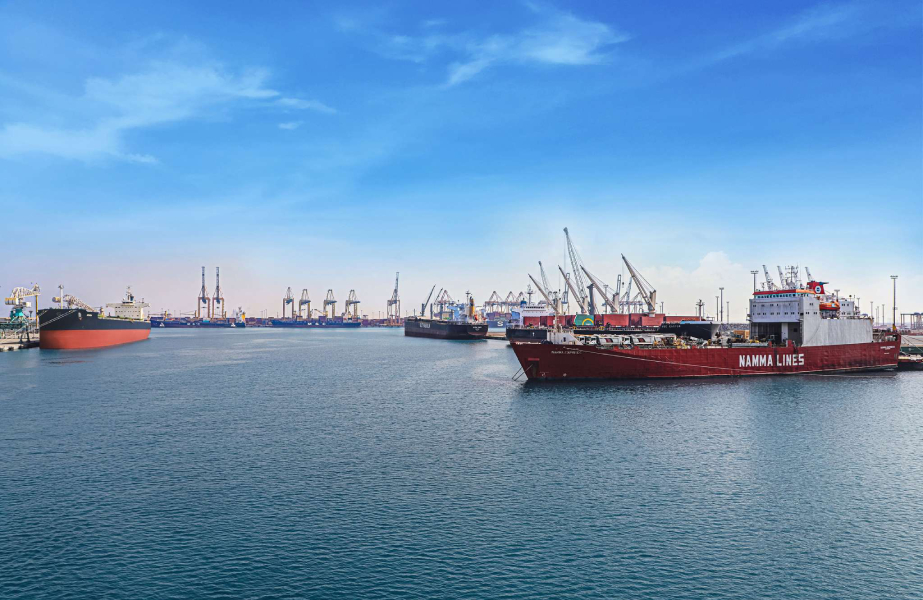Under the rule, Chinese-owned or operated vessels will be charged $50 per net ton, while ships built in China but flying other flags will pay the greater of $18 per net ton or $120 per container discharged. The rates will rise gradually until 2028.
“Vessels without proof of payment will be subject to denial of lading or unlading operations, or clearance withheld, until payment can be verified,” CBP said, as quoted by The Maritime Executive.
The requirement effectively means ships that have not paid the tariff will not be permitted to unload cargo, a policy Washington hopes will pressure shipowners and charterers to comply before reaching U.S. waters.
Vessels entering empty, under 1,000 gross tons, or travelling on short routes (under 2,000 nautical miles) are exempt. The charges apply per voyage, not per port call, and are capped at five times per vessel per year.
According to Reuters, the new fees could add more than $3 billion in annual costs for shipowners operating Chinese-built or Chinese-linked vessels. Some carriers have reportedly begun to reroute or redeploy assets to avoid the surcharge, while others are seeking clarification over compliance responsibilities.
Trade lawyers have warned that determining a vessel’s “Chinese link” — whether through ownership, management, or place of construction — could prove administratively complex.
“The burden falls on the operator to determine liability and ensure proof of payment,” Seatrade Maritime reported.
Beijing has not yet issued a formal response, but the Chinese Ministry of Commerce previously described the planned tariffs as “discriminatory and destabilising”. Meanwhile, U.S. officials argue the measures are necessary to counter what they call China’s “state-backed shipbuilding dominance”.
Analysts note that the move is likely to intensify tensions in global maritime trade, adding another layer of uncertainty for carriers already facing tariffs on Chinese-made trucks and other industrial goods announced earlier this year.





